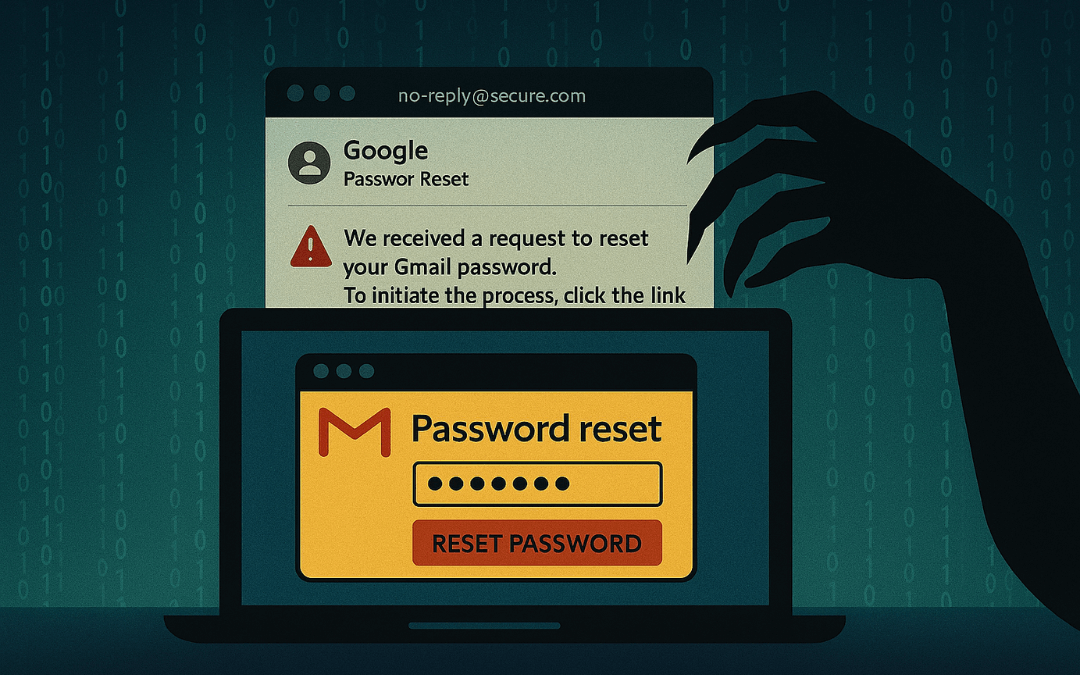The Gmail password reset hoax has sparked a recent wave of panic across social media, with false claims that Google issued an urgent warning to 25 billion Gmail users to reset their passwords. Spoiler alert: it’s not true. This hoax, which gained traction across platforms like X, falsely suggested that Google was addressing a massive security breach. Here’s what you need to know to stay safe and avoid falling for misinformation.
The Gmail Password Reset Hoax Explained
According to reports debunked by Bleeping Computer, the rumor originated from unverified posts claiming Google had emailed billions of users about a supposed data breach requiring immediate password resets. The figure of “25 billion users” is itself a red flag—Google’s Gmail user base is estimated at around 1.8 billion, far short of the exaggerated claim. No such email or warning was issued by Google, and the company has not reported any recent breach necessitating mass password changes. Understanding the origins of this Gmail password reset hoax can help you spot similar scams in the future.
Why This Matters
Hoaxes like the Gmail password reset hoax thrive on fear and urgency, often tricking users into clicking malicious links or sharing personal information. Scammers may pose as Google, sending phishing emails that mimic official communications, urging you to “verify” your account or reset your password on fake websites designed to steal your credentials. Falling for the Gmail password reset hoax could lead to real account compromises.
How to Protect Yourself
While this particular warning was a hoax, it’s a good reminder to keep your Gmail account secure. Here are some practical steps you can take:
- Check the Source: Always verify emails claiming to be from Google. Official communications will come from addresses ending in @google.com, not suspicious domains. Hover over links (without clicking) to see where they lead.
- Enable Two-Factor Authentication (2FA): Adding 2FA to your Gmail account provides an extra layer of security, requiring a second form of verification (like a phone code) alongside your password.
- Use Strong Passwords: Even without a breach, regularly updating your password to something complex and unique is a smart habit. Avoid reusing passwords across sites.
- Stay Skeptical of Viral Claims: If you see alarming posts on X or elsewhere about tech giants like Google, cross-check with reputable sources or Google’s official blog before acting. Protecting against the Gmail password reset hoax starts with these basics.
What Google Is Doing
Google routinely monitors for security threats and notifies users directly through their accounts or verified channels if action is needed. If you’re ever unsure, check your Google Account settings for security alerts or visit Google’s official support pages. Google has publicly addressed similar issues, confirming that the Gmail password reset hoax is unfounded. The company employs advanced threat detection systems to identify phishing attempts and malware, ensuring user data remains protected.
Google also provides tools like the Security Checkup, which helps users review account activity and strengthen security settings. By offering resources such as two-factor authentication and regular updates on emerging threats, Google empowers users to stay proactive. Always rely on official Google communications to avoid falling for scams like the Gmail password reset hoax.
The Bottom Line
The “25 billion Gmail users” password reset scare is a hoax, but it’s a wake-up call to stay vigilant. Scammers prey on fear, and misinformation spreads fast. By double-checking sources and securing your account with strong passwords and 2FA, you can keep your Gmail safe without falling for the hype of the Gmail password reset hoax.
Have you received any suspicious emails claiming to be from Google? Stay cautious, and when in doubt, verify before you act.
Click here to read more blog articles!

